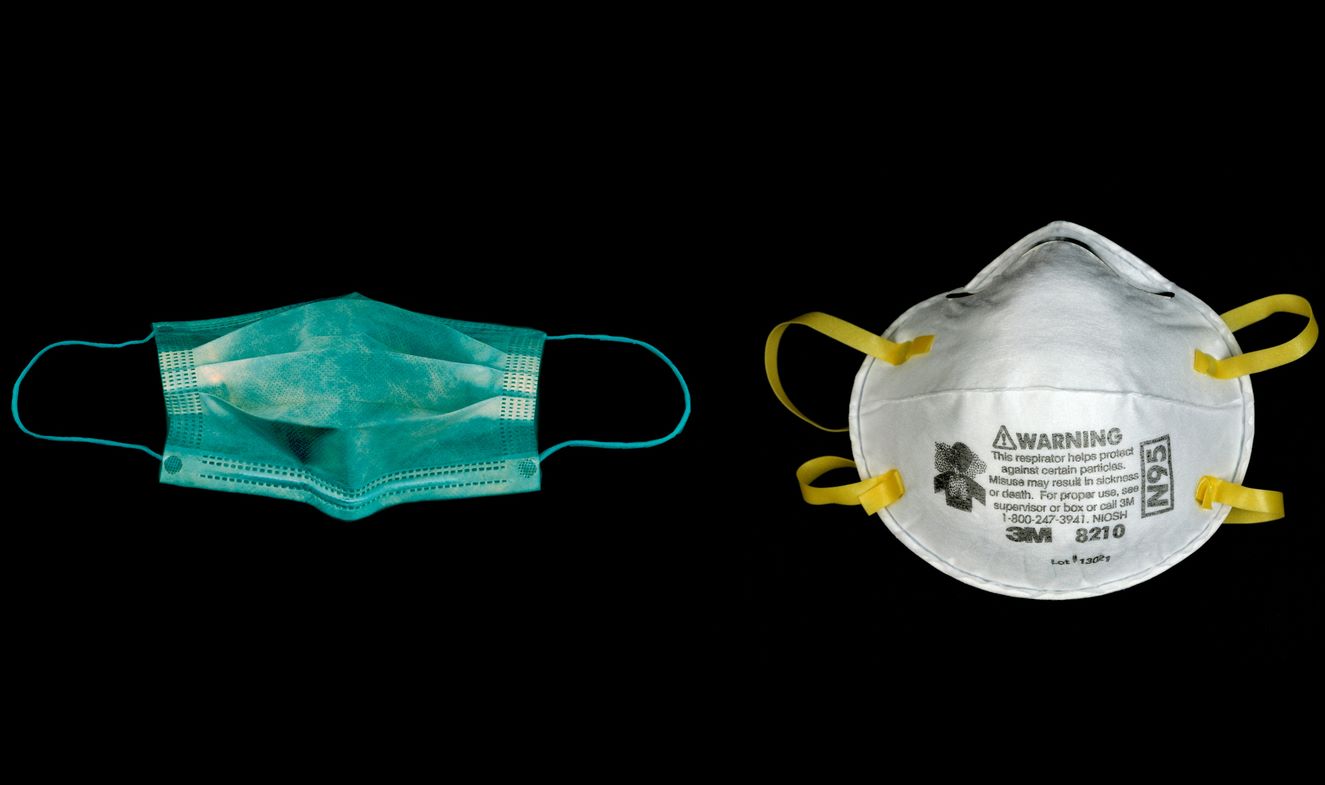Respiratory infectious diseases require masks
2023-12-17

Common pathogens of respiratory infectious diseases include new coronavirus, influenza virus, Mycoplasma pneumoniae, respiratory syncytial virus, etc., which are mainly spread through breathing droplets, inhaling aerosols containing pathogens, or close contact. Wearing masks scientifically is an effective measure to prevent respiratory infectious diseases.
Situations or scenarios where masks should be worn
- When people infected with respiratory infectious diseases such as COVID-19, influenza, Mycoplasma pneumoniae infection, and respiratory syncytial virus infection go to indoor public places or have close contact with others (the distance is less than 1 meter, the same below).
- People who have symptoms of respiratory infectious diseases such as fever, cough, runny nose, sore throat, muscle aches, fatigue, etc. go to indoor public places or have close contact with others.
- When going to a medical institution for treatment, accompanying a doctor, accompanying someone, or visiting.
- During the period of high incidence of respiratory infectious diseases, when outsiders enter places where vulnerable groups gather, such as nursing homes, social welfare institutions, and child care institutions.
- During the period of high incidence of respiratory infectious diseases, medical, catering, cleaning, security and other public service personnel in key institutions such as elderly care institutions, social welfare institutions, daycare institutions, schools, etc. are working.
Situations or scenarios where it is recommended to wear a mask
- During periods of high incidence of respiratory infectious diseases, when taking public transportation such as airplanes, trains, long-distance buses, ships, subways, and buses.
- During periods of high incidence of respiratory infectious diseases, when entering places with closed environments and dense crowds such as supermarkets, theaters, passenger terminals, and van elevators.
- During the period of high incidence of respiratory infectious diseases, the elderly, patients with chronic underlying diseases, pregnant women, etc. go to indoor public places.
- Studying, living or working together with people who have symptoms of respiratory infectious diseases.
Common situations or scenarios where it is recommended not to wear a mask
- During physical exercise.
- When in outdoor places such as open squares and parks.
- Infants and young children aged 3 and under.
Mask selection
- Patients with respiratory infectious diseases or those with symptoms of respiratory infectious diseases are recommended to wear particle protective masks such as N95 or KN95 (without breathing valves) or medical protective masks. Other personnel are recommended to wear disposable medical masks or medical surgical masks.
- Children with respiratory infectious diseases or those with symptoms of respiratory infectious diseases are recommended to use children's protective masks, and other children are recommended to use children's hygienic masks.
- Mask products should comply with relevant national standards or industry standards.


